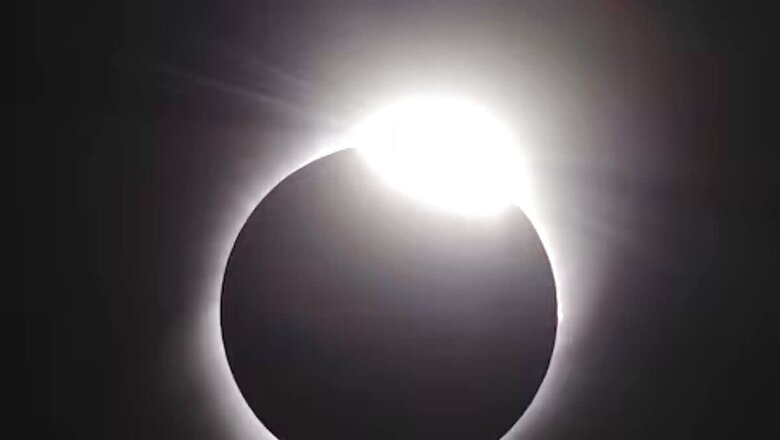
views
The world is set to observe Solar Eclipse on April 8. Citizens of North America and beyond will be able to experience this historic phenomenon which reportedly coincides with the peak of the Sun’s 11-year solar cycles, known as solar maximum. In such a situation, the National Aeronautics And Space Administration (NASA), the space agency of the USA, has made special preparations to track this astronomical event. It will require the participation of the observers across the world. NASA has developed an app enabling users to post photos and videos of the solar eclipse to track it and prepare the database accordingly.
It was prepared in collaboration with Western Kentucky University, through which the astronomical geeks can capture and share pictures of the solar eclipse. The developed app is named SunSketcher. NASA requires the effort of people to collect the study material in the form of photos and videos so that they can map the Sun with the help of data collected from these media files.
Star May, head of the team that created the SunSketcher app, said, “If you are at a place from where you can see the solar eclipse, then you are welcome”. The process is simple, she added. The observers need to upload the video of this astronomical event in the app. The duration of the video should be a minimum of 30 seconds.
“You can do this with both iPhone and Android phones. It is free and for this, if you want, you can also take training on the app,” said Star May during the media briefing on March 26.
On April 8, 2024, you can experience a breathtaking celestial event — a total solar #eclipse. Not in the eclipse path? You can experience it with us on https://t.co/EuPGk4Yfo6.Tune in to our media briefing at 10 a.m. EDT (1400 UTC) on March 26 to learn more:… pic.twitter.com/kKmcyU323z
— NASA (@NASA) March 22, 2024
Professor Andrea Florence in the University’s Computer Science Department said that the app will take a total of 101 photos which will be uploaded to the WKU server. After collecting the data, NASA will analyse the activities of the sun. Till now this app has been downloaded more than 10 lakh times.
Notably, similar prominences of total solar eclipse were witnessed in Australia on April 20, 2023. During the Solar Eclipse, the moon completely blocks the Sun’s rays to Earth, creating a brief period of darkness on Earth known as Totality.




















Comments
0 comment